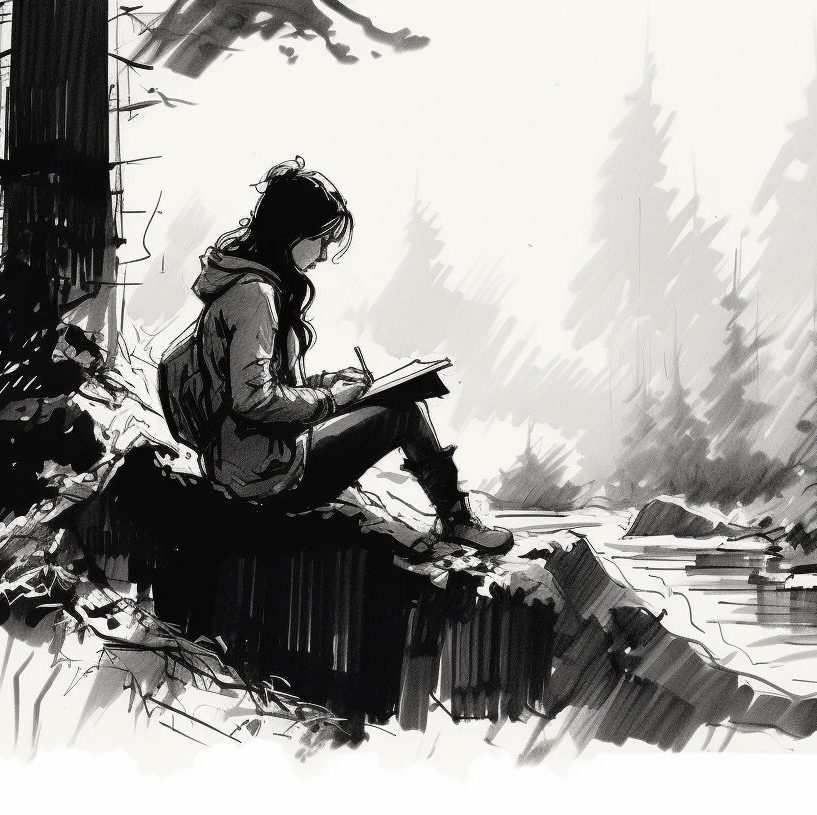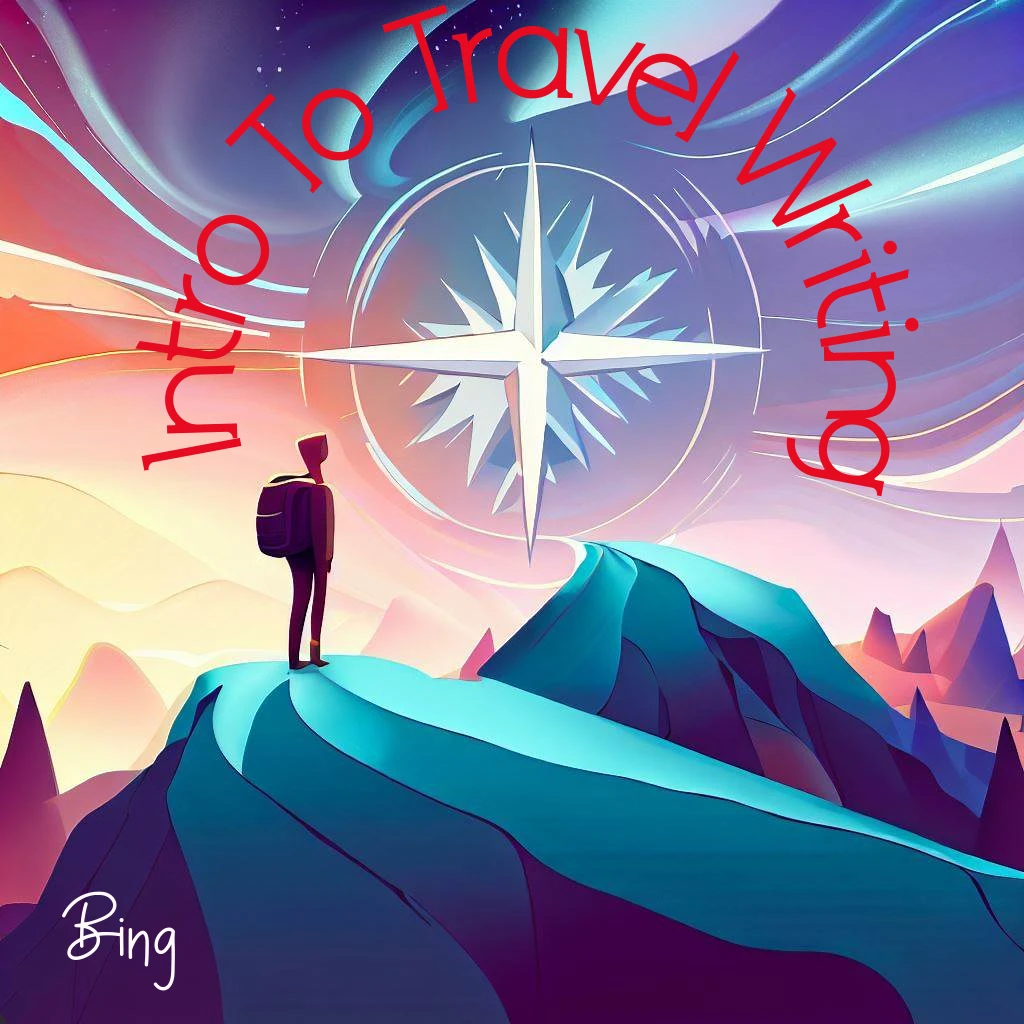Observation is not merely an aspect of travel writing; it is its lifeblood, the tool that transforms experiences into stories, bringing the world closer to the reader, one journey at a time.

Travel writing is a form of storytelling, a rich narrative tapestry woven from the luminous threads of experiences gathered across continents and cultures. Among the most vibrant of these threads is an artful description, which empowers travel writers to imbue their chronicles with such saturated depth and brilliance that readers can practically sense each locale through the writer’s transportive prose.
Description in travel writing requires far more than rote factual listings of a location’s features. The writer must become a linguist of the senses, meticulously translating the dizzying visual feast, stirring soundscape, redolent aromas, tantalizing flavors, and alluring textures of a place into palpable and compelling word paintings. They serve as the reader’s surrogate eyes, ears, nose, tongue, and fingertips, ushering them through passageways of carefully crafted prose to see, hear, smell, taste, and touch worlds they might otherwise never have known.
The innate power of description resides in its capacity to spark and immerse the reader’s imagination, spiriting them to far-flung corners of the planet through the spell of language alone. A vivid dispatch can conjure crystalline mental images of landscapes the reader has never laid eyes upon, evoking the foreign symphonies of bustling markets they’ve never heard, kindling appetites with the perfumed scents of exotic street foods they’ve never sampled, tempting the taste buds with flavors heretofore unimagined, and invoking sensuous textures of rich crafts they’ve never touched.
Yet emotive description requires far more than indulging the senses. It is a delicate artistic discipline mandating precision, balance, and judicious restraint. Travel writers carefully handpick words as a diamond cutter facets gemstones, aiming to refract just enough radiance to illuminate each locale without blinding readers beneath an avalanche of ornamented language or distracting minutiae. They must strike a balance, providing sufficient detail to viscerally engage readers while maintaining narrative flow, momentum, and focus.
Vivid description plays an indispensable role in unveiling the unique essence and genius loci of each destination, from bustling modern metropolises to remote realms untouched by time. The key resides in the writer’s gift for identifying and articulating the nuances that render each place inimitable—its idiosyncrasies and subtleties, its moods and hidden stories. This demands an observant eye attuned to telling details and creative eloquence to translate impressions into crystalline prose. Each word and phrase should contribute meaningfully to portraying an authentic and fully realized portrait of place.
In the hands of the skilled travel writer, description becomes the paintbrush conjuring entire worlds upon the blank canvas of the reader’s imagination. It is an intricate creative discipline requiring equal parts literary flair, reportorial accuracy, and empathic intuition to transport readers beyond geography, fuelling their wanderlust one carefully chosen word at a time. When executed with precision and artistry, vivid travel writing description possesses the power to temporarily dissolve the boundaries between reader and writer, classroom and Kurdish bazaar, armchair and Andean peak, satiating our shared hunger for discovering the undiscovered.


